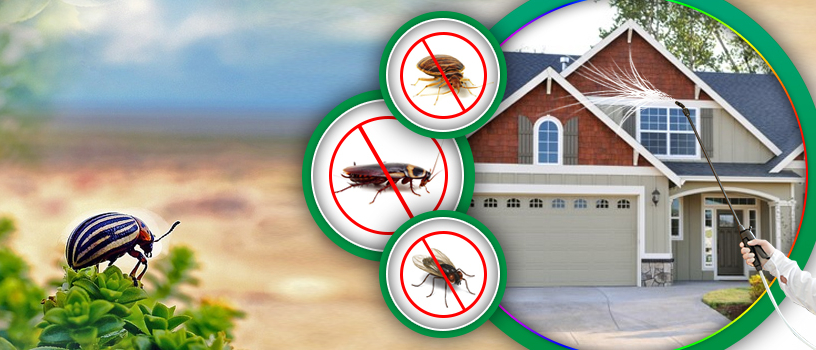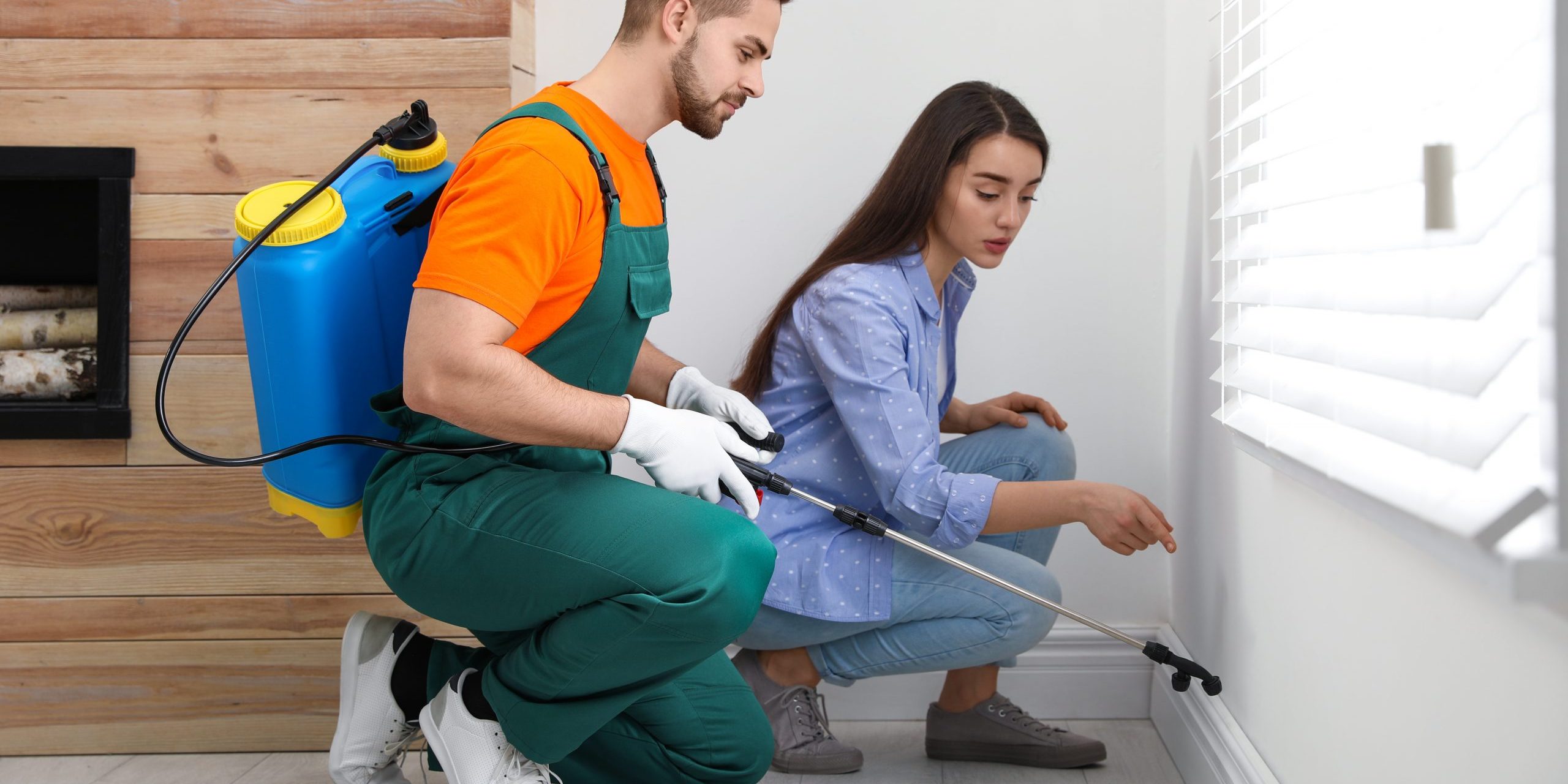Proven Bed Bug Heat Treatment: Eliminate Bed Bugs with Heat!
Proven Bed Bug Heat Treatment: Eliminate Bed Bugs with Heat!
Blog Article
Professional Insect Control Techniques for Long-Term Outcomes
In the realm of pest control, accomplishing sustained efficacy and lasting outcomes requires a thorough method that transcends plain elimination. Specialist pest control techniques encapsulate a thorough technique that starts with an extensive examination and analysis, followed by exact pest recognition to recognize their actions patterns. The application of Integrated Pest Monitoring (IPM) principles, combined with eco-conscious treatments, forms the keystone of lasting parasite eradication. The true test lies in the continuous monitoring and maintenance of the dealt with areas, guaranteeing a pest-free atmosphere for the near future. By delving right into the intricacies of these techniques, a much deeper understanding of professional pest control methods for sustaining outcomes emerges.
Assessment and Evaluation
Upon entering a residential property for pest control services, the preliminary step is an extensive evaluation and evaluation to recognize the extent of the problem and establish one of the most efficient therapy strategy. Specialist pest control technicians are trained to diligently take a look at the properties, seeking indications of bug activity such as droppings, gnaw marks, nests, or any kind of structural damages. They will certainly additionally examine the problems that might be attracting bugs, such as food resources, water leaks, or entry points.

Parasite Recognition and Behavior

Furthermore, understanding the actions of the determined insect is crucial to executing effective control actions. As an example, knowing where pests nest, what they prey on, and their task patterns can aid pest control professionals devise methods to eradicate them successfully. Some parasites may be nighttime, while others are more active throughout the day. This knowledge permits for the application of treatments at ideal times for optimum effectiveness.
Integrated Pest Administration (IPM)
Integrated Insect Administration (IPM) techniques incorporate several strategies to control and stop parasite problems in a lasting and eco-friendly manner. exterminator near me. By integrating techniques such as biological control, habitat adjustment, adjustment of cultural practices, and the usage of resistant ranges, IPM aims to reduce the use of chemical pesticides
One of the crucial concepts of IPM is the emphasis on avoidance. This positive method entails surveillance pest populations on a regular basis to identify any kind of prospective problems before they intensify. By determining insect issues early, pest control actions can be carried out swiftly and properly.
Furthermore, IPM advertises using safe parasite control techniques whenever possible. This can include employing all-natural pest inspection companies killers of the pests, introducing helpful bugs, or making use of scents to disrupt mating patterns. By reducing reliance on chemical pesticides, IPM not just safeguards the environment but also helps maintain a balance in the environment.
Environmentally-Friendly Therapies
Applying eco-conscious techniques in bug control procedures can successfully address problems while prioritizing ecological sustainability. Environmentally-friendly therapies concentrate on lessening the effect of pest control approaches on communities, non-target microorganisms, and human wellness. These methods typically include using natural killers, such as ladybugs or nematodes, to regulate pest populations, lowering the demand for chemical interventions. In addition, techniques like habitat manipulation, such as adjusting wetness degrees or getting rid of food sources, can help hinder bugs without making use of hazardous materials.
An additional secret aspect of environmentally-friendly treatments is the usage of natural and biodegradable products that break down promptly natural termite control without leaving dangerous deposits in the setting. Organic pesticides stemmed from plants like chrysanthemums or neem supply efficient bug control while posing very little threat to non-target varieties. In addition, employing techniques like warmth therapies or pheromone catches can target certain parasites with precision, decreasing the overall ecological impact of bug control techniques.
Ongoing Monitoring and Maintenance
Consistent surveillance and upkeep are important elements of efficient bug control administration. Recurring find out here now surveillance plays a crucial function in guaranteeing that parasite infestations are detected very early and managed promptly. Routine assessments by trained professionals are necessary to identify any kind of indicators of pest activity, examine the efficiency of previous treatments, and make changes to the insect control strategy as required. By monitoring bug populations with time, parasite control experts can track patterns, prepare for prospective concerns, and implement safety nets to reduce the threat of future problems.
Along with monitoring, maintenance techniques are important for long-term insect control success. This includes executing proper sanitation steps to remove possible food and water sources for insects, securing off entrance factors to avoid pests from entering the facilities, and dealing with any kind of structural issues that can assist in bug invasions (bed bug dog). By incorporating ongoing surveillance and maintenance right into an integrated insect administration approach, services can make sure a pest-free setting and secure their residential property against pricey damages and health and wellness threats
Conclusion
To conclude, utilizing specialist insect control strategies such as complete examination and evaluation, accurate parasite identification and understanding of their habits, integrated bug monitoring techniques, environmentally-friendly therapies, and ongoing surveillance and upkeep are crucial for accomplishing long-term lead to parasite control. By applying these techniques, people can successfully handle bug infestations and keep a pest-free environment in a sustainable fashion.
Report this page